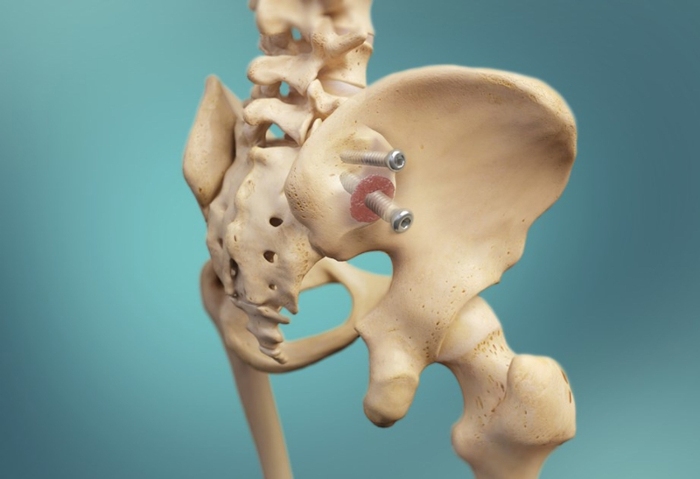About the Sacroiliac (S) Joint
The sacroiliac joints are strong joints (or articulations) between the bottom-most triangular bone of your spine, called the sacrum, and the ilium sections of the pelvis (the sections of the pelvis you put your hands on when you “put your hands on your hips”).
The Function of the Sacroiliac Joint
The function of the sacroiliac joint is both shock absorption (depending on the joint’s possible amount of movement) and torque conversion, to transfer movement in your lower body up to your spine.
POTENTIAL SACROILIAC JOINT ISSUES
Why Sacroiliac (SI) Joint Dysfunction May Occur
Your sacroiliac joints act a lot like the suspension system in a car – they absorb your body’s daily dose of steps, jolts and bumps, and provide you with stability. However, inflammation, normal wear and tear, or even a single incident or accident can damage your SI joint, affecting their slight normal movement and creating chronic and often debilitating low back pain.
Common Causes of Sacroiliac (SI) Joint Problems
- Injuries (a fall, car accident, or even a simple misstep)
- Pregnancy (the ligaments that allow the SI joint to stretch to allow for delivery may remain loose, post-pregnancy)
- Anatomic variation (such as uneven leg length or scoliosis)
- Prior lumbar surgery (fusion of the lumbar spine changes its natural movement and ability to absorb shock)
- Inflammatory joint disease (sacroiliitis)
The Difference Between Sacroiliac Joint Dysfunction and Inflammation
- Sacroiliac joint dysfunction refers to pain in the sacroiliac joint region due to abnormal movement in the sacroiliac joint – either too much movement, or too little. This abnormal joint movement typically results in inflammation of the sacroiliac joint.
- Sacroiliac joint inflammation, called sacroiliitis, describes inflammation in the sacroiliac joint. Sacroiliac joint inflammation may or may not be caused by sacroiliac joint dysfunction.
Why Sacroiliac Joint Dysfunction or Inflammation May Cause Pain
When the strong ligaments of the sacroiliac joint become damaged, they may move excessively or insufficiently, causing inflammation and disrupting the joint and its surrounding nerves. When this happens, you may feel pain in your low back, buttocks and/or legs, especially while walking, running, lifting or even sitting or lying down.
Common Symptoms of Sacroiliac Joint Dysfunction or Inflammation
- Pain in your low back, buttocks and/or legs
- Pain or discomfort performing common daily activities that require your pelvis to pivot, like getting in and out of bed, walking up or down stairs or even turning in a chair
- Difficulty sitting or lying down – especially if you experience an ache on one side of your body so painful it requires shifting your weight to the other side to gain relief



